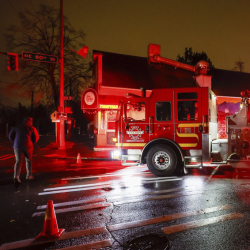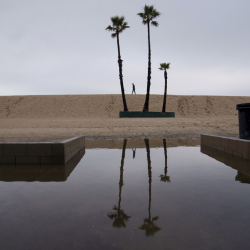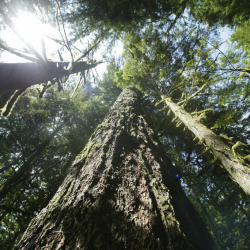 JERUSALEM (CNN) -- As Jamal al-Durrah washes his son Mohammad's tombstone in a Gaza graveyard, he fears that the boy's spirit rests uneasy.
JERUSALEM (CNN) -- As Jamal al-Durrah washes his son Mohammad's tombstone in a Gaza graveyard, he fears that the boy's spirit rests uneasy.
The image of the father shielding his 12-year-old son in a hail of bullets, under the glare of a camera, became the symbol of the second Palestinian uprising, or Intifada.
Thirteen years later, the controversy behind those pictures is still alive.
An Israeli government committee concluded in a report presented Sunday that the story, which was broadcast by France 2 in 2000, cannot be substantiated by the pictures.
The news report aired by France 2 stated: "Here Jamal and his son Mohammad are the target of fire coming from the Israeli position. ... But, a new round of fire, Mohammad is dead and his father badly hurt."
However, the Israeli government committee report states: "There is no evidence that the IDF (Israel Defense Forces) was in any way responsible for causing any of the alleged injuries to Jamal or the boy."
It's a statement that pains a still-grieving father. But Jamal al-Durrah is prepared to have his son's remains exhumed to demonstrate that he was killed by Israeli bullets, as reported in 2000.
"I would like to show the world the truth, and I am sitting in front of my son's grave and ready to accept an international independent investigation commission including Arabs," he said. "If Israel agrees, I am ready to open the grave."
The head of the Israeli government review committee, Yossi Kuperwasser, said he does not know what happened to Mohammad al-Durrah.
Showing the raw material provided by France 2 to CNN, he said, "See, he was supposed to be dead. He was declared dead a moment ago, understand, he was declared dead when he was lying (there.) That's where he cut it. He said the boy is dead. But a second later, he (Mohammad al-Durrah) raises his hand."
Israel places the implications of the Mohammad al-Durrah story in a much wider context.
Prime Minister Benjamin Netanyahu said: "It is important to focus on this incident, which has slandered Israel's reputation. This is a manifestation of the ongoing, mendacious campaign to delegitimize Israel.
"There is only one way to counter lies, and that is through the truth. Only the truth can prevail over lies."
The search for that truth has been conducted in courthouses, human rights reports and media investigations.
Cameraman Talal Abu Rahma, who filmed the event for France 2, and also works for CNN, has been at the center of trying to understand what happened on that fateful day.
Thirteen years later, he points to the camera that recorded the event as his most solid source, saying: "My witness is (my) camera. ... I am sorry this camera does not talk, but really this camera recorded that footage."
Mohammad al-Durrah's story has become an important symbol in the Palestinian struggle for statehood. The image of his final moments is shown on stamps in Egypt, Tunisia, Iraq, Iran and Morocco.
Israel says that the false narrative of al-Durrah's death has been used to justify terrorist attacks against Israel and worldwide anti-Semitism.
It is perhaps the ongoing struggle between Israelis and Palestinians over the righteousness of their narrative that will not let this image be forgotten.
Portland and Seattle
Free Subscription to Breaking News
Free Subscription to Breaking News






















































































































































































































































































































































